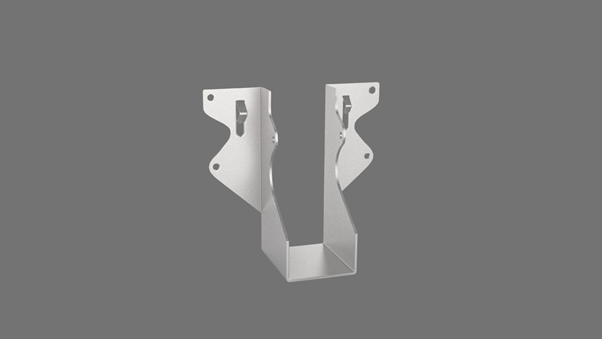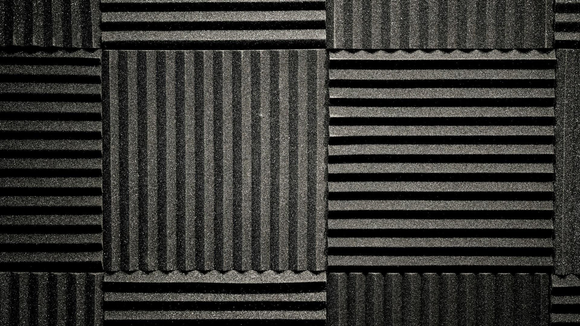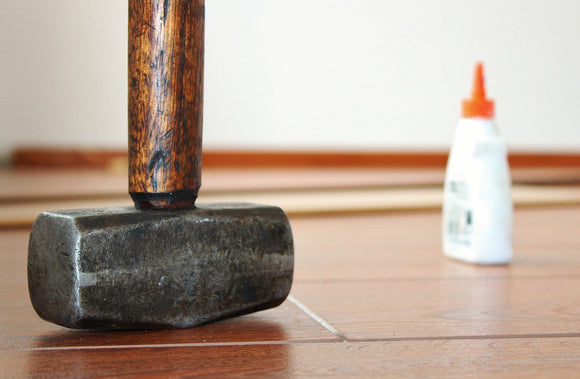
How To Secure Joist Hangers | Choosing The Right Adhesive
Tobias Johnson-Hulse
When it comes to building something that lasts, like your decks or floors, every detail matters. One of those details is how you secure joist hangers. These metal brackets might not catch your eye at first, though they’re the unsung heroes holding your structure together. Whether you’re a seasoned builder or just starting out with a DIY project, knowing the best way to attach joist hangers can save you headaches down the road. In this guide, we’ll walk you through everything you need to know, from picking the right type to choosing the perfect adhesive. Let’s dive in and get your project off to a strong start.
What Joist Hangers Are and Why They’re Essential in Framing Structures
Joist hangers are U-shaped metal brackets designed to anchor wooden joists to beams or ledger boards. They’re critical because they replace outdated methods like toenailing (angling nails through the joist into the ledger), which often fails as the wood shrinks or shifts. By securely connecting joists to supports, hangers prevent sagging, improve weight distribution, and extend the lifespan of your project.
Types of Joist Hangers
Not every joist hanger is the same, and picking the right one depends on your project. Let’s break down the main types you’ll come across.
Galvanized Steel Joist Hangers
These are the go-to for most outdoor projects. Made from steel coated with zinc, galvanized steel joist hangers resist rust and stand up to typical outdoor conditions. They’re affordable and tough, which makes them perfect for standard jobs like decks or floors. If you’re using a galvanized 16d nail to fasten them, you’re already on the right track for a solid setup.
Stainless Steel Joist Hangers
For coastal areas or high-moisture environments, stainless steel offers superior corrosion resistance. They’re built to fight off rust and corrosion better than their galvanized cousins. Sure, they’ll set you back a bit more, but when you’re dealing with salty air or constant moisture, that durability pays off. You wouldn’t want your deck turning into a rusty mess after a few seasons, right?
Adjustable Joist Hangers
Perfect for tricky angles or uneven surfaces, these hangers let you tweak the joist position after installation. Use them for retrofitting older structures or complex designs.
How Joist Hangers Improve Structural Integrity

Joist hangers do more than just hold things together—they make your structure tougher and longer-lasting. Here’s why they’re so important.
● Distributes Load Evenly: By transferring weight from the joist to the ledger or beam, hangers prevent stress points that could lead to cracks or collapses.
● Prevents Wood Splitting: Nailing directly into end grain (like with toenailing) weakens wood over time. Hangers eliminate this risk by cradling the joist.
● Ensures Longer Lifespan of Wooden Structures: When joists can’t twist or sag, your deck stays flat and strong, even as seasons change and wood naturally expands or shrinks.
Tools and Materials Needed
Before you start fitting joist hangers, you’ll want to have everything ready. Here’s what you’ll need to get the job done right.
Essential Tools
● Measuring tape: Precision is key—measure twice, install once.
● Drill/driver: For screws or pre-drilling nail holes.
● Hammer: Opt for a framing hammer if using nails.
● Level: Ensure joists are perfectly horizontal.
● Speed square: Check right angles between joists and ledger.
Required Materials
● Joist hangers: Match the size to your lumber (e.g., 2x6 or 2x8).
● Approved fasteners: Galvanized 16d nails or structural screws.
● Wood adhesive: D4 wood adhesive adds extra grip, especially where moisture is a concern.
● Safety gear: Gloves and goggles protect against sharp edges and flying debris.
Pro Tip: Install flashing on the wall ledger before attaching hangers to prevent water damage, a small step that saves big headaches later.
Step-by-Step Guide To Secsuring Joist Hangers

Step 1: Measure and Mark the Position
Kick-off by marking where each joist will sit along the wall ledger. For most decks and floors, joists are spaced 16 inches apart, though this can vary depending on your project's requirements. Once you've marked the positions, use a speed square to ensure marks are perpendicular to the ledger.
Step 2: Position the Joist Hanger Correctly
Hold the joist hanger against the beam or ledger, aligning it with your mark. Make sure the hanger is flush with the top of the beam and that it's centered on your mark. If you're working on a deck, ensure that the hanger is positioned so that the top of the joist will be even with the top of the ledger.
Step 3: Fastening the Joist Hanger
Using your hammer or drill/driver, secure the joist hanger to the beam or ledger. If you're using nails, make sure to use galvanized 16d nails or the fasteners specified by the joist hanger manufacturer. Drive the nails through the holes in the hanger's flanges, ensuring they go straight into the wood. If you're using screws, pre-drill the holes to prevent splitting and then drive the screws in tightly.
Step 4: Securing the Joist Inside the Hanger
With the hanger firmly attached, slide the joist into place. The top of the joist should sit flush with the ledger—no gaps allowed. Use a level to confirm it’s perfectly horizontal. If the joist feels loose, check for twists or warps in the wood. For added stability, apply a bead of D4 wood adhesive along the joist’s end before inserting it. This adhesive bonds tightly even as wood dries or shifts, creating a flexible yet unyielding connection. Once positioned, secure the joist to the hanger using galvanized nails or screws, driving them through the pre-punched holes in the hanger’s sides.
Step 5: Final Inspection and Reinforcement
Step back and scrutinize your work. Are all fasteners driven flush? Does the joist sit snugly without wobbling? Tug on the hanger lightly, it shouldn’t budge. For extra peace of mind, reinforce critical joints with D4 adhesive, especially where joists meet the ledger or beam. Finally, inspect the flashing on the wall ledger to ensure water can’t seep behind the hangers. A well-executed joist hangers installation means your deck stays flat and strong, ready to handle everything from family barbecues to heavy patio furniture.
Common Mistakes and How to Avoid Them
● Using the Wrong Fasteners: Not all nails or screws are equal. Structural screws or galvanized 16d nails are code-approved for joist hangers installation. Avoid standard drywall screws or uncoated nails—they’ll corrode or snap under pressure.
● Misalignment Issues: If the top of the joist isn’t even with the ledger, weight distribution suffers. Use a speed square during marking and double-check alignment with a level before fastening.
● Not Using Enough Fasteners: Skipping holes in the joist flanges is like building a chain with missing links. Fill every hole as specified by the beam hanger manufacturer—no shortcuts.
● Overdriving or Underdriving Nails/Screws: Overdriven fasteners crush the wood, weakening the grip. Underdriven ones leave gaps. Aim for a flush finish, and if using a drill, set the clutch to prevent over-tightening.
FAQs on Securing Joist Hangers
Can I use screws instead of nails for joist hangers?
You can though they need to be structural screws designed for joist hangers and not just any deck screws. Nails are often faster and meet manufacturer specs, but screws can offer extra grip if installed correctly. The best you can do is to check out the hanger’s guidelines to confirm what’s approved.
How much weight can a joist hanger support?
It varies by size and material, but most residential hangers hold 200–500 pounds. Check the manufacturer’s specs for exact limits.
What’s the best way to prevent joist hangers from rusting?
Rust is a real concern, especially outdoors. Use galvanized or stainless steel hangers and fasteners—they’re coated to resist corrosion. For extra protection, avoid trapping water against the hanger by ensuring proper drainage around the installation site.
Conclusion
Securing joist hangers might feel like a daunting task at first, but with the right tools, materials, and know-how, it’s totally doable. You’ve got the steps to measure, position, and fasten them correctly, plus the heads-up on mistakes to dodge. Whether you’re building a deck, framing a floor, or tackling another project, the key is precision—measure twice, use the right fasteners, and check your work. Add in some quality adhesives products like D4 wood adhesive for extra strength, and you’re setting yourself up for a long-lasting result.


